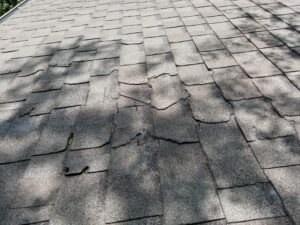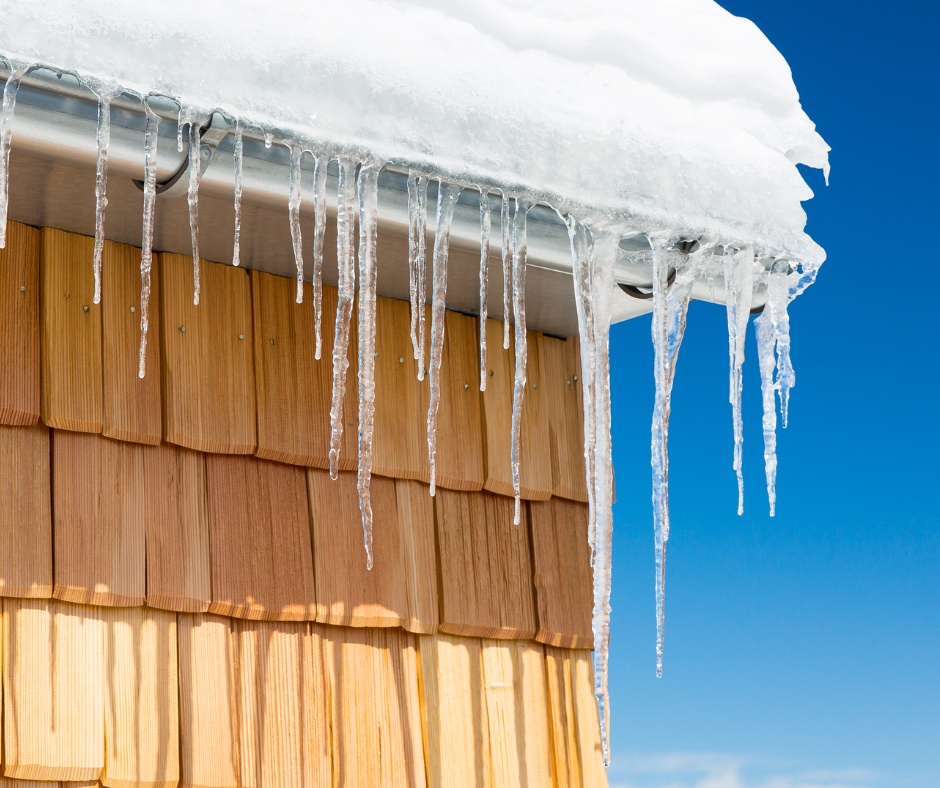The Differences Between Summer and Winter Roofing
Doctor’s appointments, work meetings, and vacations, oh my! Your life has been feeling like a whirlwind, and many of those much-needed projects have been pushed to the back burner.
But when winter weather arrives, you may be feeling a sense of panic. Those essential roof repairs, or even a replacement, are now causing you anxiety.
What if your roof collapses under the snow? Or thick ice dams build up on your roof? How can you ensure the safety of your home when it seems like the time to do any roofing projects has come and gone.
Rescue My Roof has been working on homes in Wisconsin winters for over a decade, so we know a thing or two when it comes to completing roofing projects in colder temps.
Using our expertise, we have broken down the differences between roofing in the winter and summer months. By the end of this article, you will know what to expect when you need any roof work done in the winter.
Can I Still Get My Roof Done In The Winter?
The short answer is: yes.
Roof Replacements or repairs can still be done in the winter. While there may be different obstacles during the winter than the summer, you can still get a brand new roof during the winter months.

Sometimes, it might even be imperative that you get a roof replacement in the winter. If you are experiencing leaks on your roof, or you have noticed granule and shingle loss, your roof may be at the end of its life.
It’s hard to ensure the safety of your home when you’ve encountered these issues, so a roof replacement in the winter may be inevitable.
If you need a winter roof replacement, there are some differences you can expect during the winter months. Including:
1. Snow and Ice Removal

The winter brings weather changes that roofers have to adapt to – including snow and ice.
If your roof is to be replaced or repaired and it snowed overnight, the roofing crews may have to take additional time at the beginning of the project to remove the snow and ice before work can begin.
They will take the time to shovel off the snow from your roof. Additionally, the crews may use steamers to melt the ice covering your roof so that the tear-off is easy, and the crews can safely walk on your roof.
This step is essential for the safety of the workers, but it can add extra preparation time to the project. Because steps like this need to be taken, your roof may take an additional day to complete.
2. Weather Delays
During the summer months, roof replacements and repairs can be foiled by rainy weather. In the winter, roofing projects can be delayed by snowfall.
Snow can often be very slippery and limit visibility, two extreme safety hazards for your roofing company. While it snows, the roof is protected by an ice and water barrier, and the work halts until the poor weather has passed.
This is another delay that can add to the time taken to complete the roof installation. However, it’s always better to be safe than sorry. The goal is always to avoid accidents that could occur during a roof installation, and this is just a step in that process.
3. Extended Roof Replacement Times
In warmer months, a roof replacement typically takes 1-2 days.
In the winter, because of delays caused by snow, the process can be extended by an additional 1-2 days. So when you’re adding a new asphalt roof to your home in the winter, you can expect it to take anywhere from 1-4 days.
However, don’t be afraid of the long wait times. One of the first steps in the roofing process is to add an ice and water barrier to your roof to prevent leaks. If the project is delayed and snow and ice build-up on the roof, the barrier can protect your home for up to 60 days by itself.
4. Shingles Won’t Fully Set Until Warmer Weather
On the back of every shingle is an adhesive strip. The strip adds an extra seal to the shingles and adds more protection against water.
To properly adhere to the other shingles, the adhesive strip needs heat from the sun. The winter’s cold temperatures prevent the adhesive from becoming tacky and fully adhering to the other shingles.
However, this isn’t a cause for concern. Your roof is still protected from leaks by the new underlayment, and the shingles are still fully attached to the roof with nails. It will just take until the warmer months for the shingles to be fully set.
Similarities Between Summer and Winter Roof Replacements and Repairs
Some things never change in the roofing industry, regardless of the season.
One is our prioritization of the safety of your home. If your roof is leaking, then you must get it fixed.
Leaving the issue unresolved until the spring or summer means that water can rot out the decking on your roof and begin to cause interior damage. Call in an expert right away to resolve the issue before it gets worse.
Additionally, the installation process and warranties are going to be the same year-round. Meaning you will still get a workmanship and potentially a manufacturer’s warranty and don’t have to worry about any additional steps in the roof installation process.
The First Step to Getting a Winter Roof Replacement
While winter roofing involves snow and ice removal, the potential for delays, and minor adjustments with the shingles, if there is an issue with your roof, a winter roof replacement is always an option.
If you’d like to continue your roofing education, Rescue My Roof has got you covered. You can read “Is There a ‘Best’ Time of Year to Install a New Roof” and “Ice Dams: The Main Culprit of Winter Roof Issues.”
If you live in the greater Milwaukee area and are ready to schedule an appointment for an estimate, you can contact Rescue My Roof! We offer free inspections and estimations and are ready to help you tackle a winter roof replacement.


